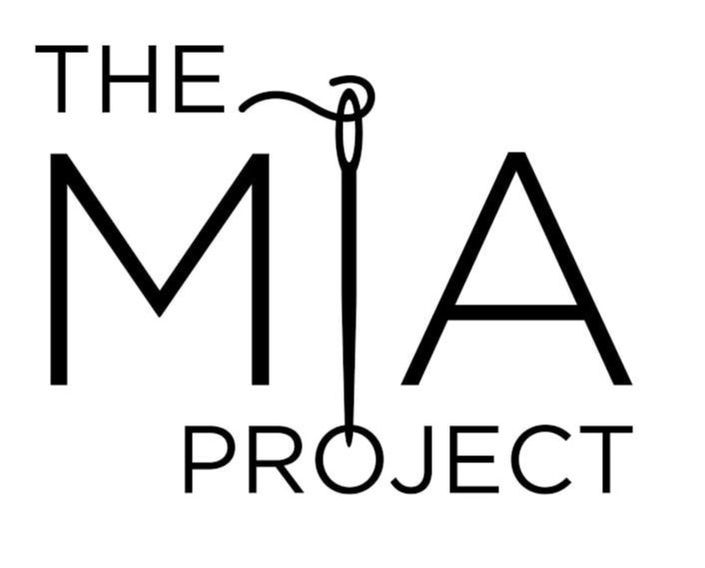|
If you like to do your own sewing alterations, you are probability already familiar with the difficulty of removing serging stitches from the inside edges of a garment. Altering seams will often require the removal of all existing clean-finishing prior to applying the new changes. Serging is the most common and inexpensive way to finish the raw edges of seams, thus you'll probably find it on 90% of your clothing items. Learning the easiest way to remove it, will save you time and frustration when you need to undo those meticulous stitches and start from scratch. A serging stitch is done on an overlock sewing machine and usually applied along the raw edges of a seam. It uses a blade to trim along the raw edge as you sew and features a combination of overlock stitches and straight stitches to permanently encase the raw edge of the fabric. The quality and look of a serging sticth depends on the serger that was used to sew it. In the image bellow, the straight stitches are displayed by the pink color, while the overlock stitches are white. You can differentiate between serging stitches by the ratio of overlock and straight stitches it has. A serging stitch done on a more expensive overlock machine will have 3 overlock stitches and 2 straight stitches, and the serging stitch alone can be used as a 2-in-1 substitute for sewing and clean-finishing a seam. This particular serging stitch is durable and maintains a smoother, denser surface. The least expensive serging stitch uses 1 straight stitch and 2 overlock stitches to clean-finish raw edges. It is still a full finish, but less durable requiring the use of a separate straight stitch to fully complete the seam. Most home sergers fall somewhere in between depending on the price and quality of the machine. More advanced sergers will also allow you to control the tension feed which can be adjusted to woven or knit fabrics accordingly, featuring the ability to also apply gathering or create a ruffle. Below, we'll show you how to remove a serging stitch that has 2 straight stitches and 2 overlock stitches- this is the most common, mid-range serging stitch. You can use the same method do remove any serging regardless of straight-to-overlock stitch ratio. The Easy Way To Remove A Serging Stitch You'll notice that serging stitches are not identical on both sides. A serging stitch has a front and back as pictured above. The front features more pronounced double straight stitches (pink) and parallel loops (overlock stitches)(white). The back, has less visible straight stitches (pink) and the overlock stitches (white) form a set of V-shapes. 1. Insert the seam sipper through both straight stitches (pink) on the front of the serging stitch. 2. Snip the two straight stitches simultaneously with your seam ripper. 3. Count about 3-4 stitches over and insert the seam ripper through the two straight stitches again. 4. Repeating Step 2 above, snip the two stitches with your seam ripper again. 5. Repeat the steps described above, snipping the double straight stitch (pink) at every 3-4 stitches. Continue through the entire serging stitch. 6. Grab the threads of the overlock stitch (white) and simply pull away from the seam. You'll find that the loop threads will come undone easily as you pull along the edge. 7. After removing the overlock stitch threads (white), you'll notice that left over threads from the straight stitch (pink) are left behind along the edge. Simply pull them off one by one until the edge is clean.
0 Comments
Leave a Reply. |
The Blog:A journey into our design process, sewing tutorials, fashion tips, and all the inspiring people and things we love. Doina AlexeiDesigner by trade and dressmaker at heart. I spend most of my days obsessing over new fabrics and daydreaming new ideas. Sadie
Executive Assistant & Client Relations Manager Archives
November 2019
Categories
All
|
-
Sewing Tutorials
-
Basics
>
- Aligning Pattern Grainlines To Fabric
- Preparing Fabrics For Sewing
- Pinning Sewing Patterns To Fabric
- Placing Sewing Patterns On Fabric For Cutting
- Rotary Cutters or Fabric Scissors?
- Cutting The Sewing Patterns
- What Are Notches And How To Use Them In The Sewing Process
- Transferring Notches From Pattern To Fabric
- Transferring Seamlines to Fabric
- Staystitching
- Backstitching: A Complete Guide
- Hand Basting: A Complete Guide
- Sewing Continuous Bias Binding
- Darts >
-
Sewing Seams
>
- The Basics Of Seams And Seam Allowance
- How To Sew A Straight Seam
- Sewing Curved Seams
- Sewing Corner Seams
- Trimming And Grading Seam Excess
- Notching/Clipping Seam Allowance for Tension Release
- Sewing Topstitched Seams
- Sewing Corded Seams
- Sewing A Slot Seam
- Sewing A Gathered Seam
- Sewing Bias Seams
- Sewing Seams With Ease
- Sewing Seams With Crossing Seamlines
- Sewing Unlike Fabric Seams
- How To Iron Seams: Ironing Tools And Conventions
- Sewing With Knit Fabrics
- Understanding Stitch Length And Tension
- Sewing Unique Fabric Seams
-
Seam Finishes
>
- Seam Finishing Techniques - Overview
- Applying A Pinked Seam Finish
- Applying A Bias Bound Seam Finish
- Serging And Zigzag Seam Finishes
- Sewing A Self-Bound Seam Finish
- Sewing A French Seam Finish
- Sewing A Hong Kong Seam Finish
- Sewing A Mock French Seam Finish
- Sewing A Turned-and-Stitched Seam Finish
- Sewing Overcast Hand-Applied Seam Finishes
- Sewing A Flat Felled Seam
- Sewing A Hairline Seam Finish
-
Hem Finishes
>
- Garment Hem Finishes: Overview
- Sewing A Double Fold Hem Finish
- Sewing A Single Fold Hem Finish
- Sewing Bound Hem Finishes
- Sewing An Exposed Double Layer Bound Hem
- Sewing A Folded-Up Bound Hem with Pre-folded Binding
- Sewing A Hong Kong Hem Finish
- Sewing A Band Hem Finish
- Sewing A Bias Faced Hem Finish
- Sewing A Twill Tape Hem Finish
- Sewing A Rolled Hem Finish
- Sewing A Shaped Hem Facing
- Using Fusible Hem Tape And Webbing
- Finishing A Lace Fabric Hem
- Finishing A Leather Hem
- Sewing Faced Hem Corners
- How To Finish Lining At The Hem
- Finishing Fabric Corners by Mitering >
- Interfacing A Hemline: Lined And Unlined Examples
-
Sewing Pockets
>
- Curved Patch Pocket With Flap
- Unlined Square Patch Pockets
- Lined Patch Pockets: Two Ways
- Extension On-Seam Pockets
- Separate On-Seam Pocket
- Front Hip Pockets
- Bound Double Welt Pocket
- Double Welt Pocket With Flap
- Self-Welt Pocket (Using Single Fabric Layer)
- Slanted Welt Pocket (Hand-Stitched)
- Faced Slash Pockets: Overview >
-
Sewing Zippers
>
- Sewing Zippers: General Information
- Sewing A Centered Zipper
- Sewing A Lapped Zipper
- Sewing An Invisible Zipper
- Sewing A Fly Front Zipper
- Sewing A Closed-End Exposed Zipper (No Seam)
- Sewing An Exposed Separating Zipper
- Sewing Hand Stitched Zipper Applications
- Sewing A Zipper Underlay
- Sewing A Placket-Enclosed Separating Zipper
- Sleeveless Finishes >
-
Neckline Finishes
>
- Sewing A Neck Shaped Facing
- Sewing An All-In-One Neck Facing
- Neck And Garment Opening Combination Facings >
- Sewing A Bias Faced Neckline Finish
- Sewing A Band Neckline Finish
- Bound Neckline Finishes: Overview >
- Sewing A Semi-Stretch Strip Band Neckline
- Ribbed Neck Band And Classic Turtleneck
- Decorative Neckline Finishes >
- Finishing Facing Edges >
-
Extras
>
- A Complete Guide on Interfacing
- Sewing Bound Spaghetti Straps
- Sewing Spaghetti Straps To A Faced Neckline
- Sewing Ruffles: Overview
- Patterning And Sewing A Circle Ruffle
- Sewing A Gathered Heading Ruffle
- Sewing Double Layer Gathered Ruffles
- Sewing A Gathered Ruffle Into A Seam
- Sewing A Gathered Ruffle To A Fabric Edge
- Sewing A Fabric Surface Slit
- Sewing A Slit Seam
- Hand-Applied Straight Stitches
- Hand-Applied Blind Stitches
- Hand-Applied Overedge Stitches
- Hand-Applied Tack Stitches
- Hand-Applied Decorative Stitches
-
Basics
>
- Custom Bridal
- Custom Apparel
- About
- Blog
Services |
Company |
|

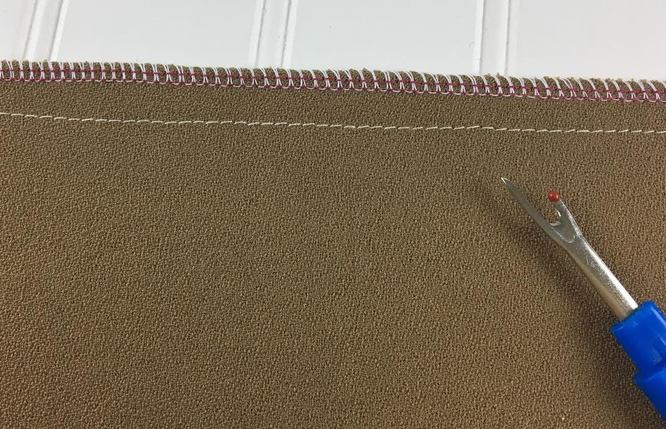
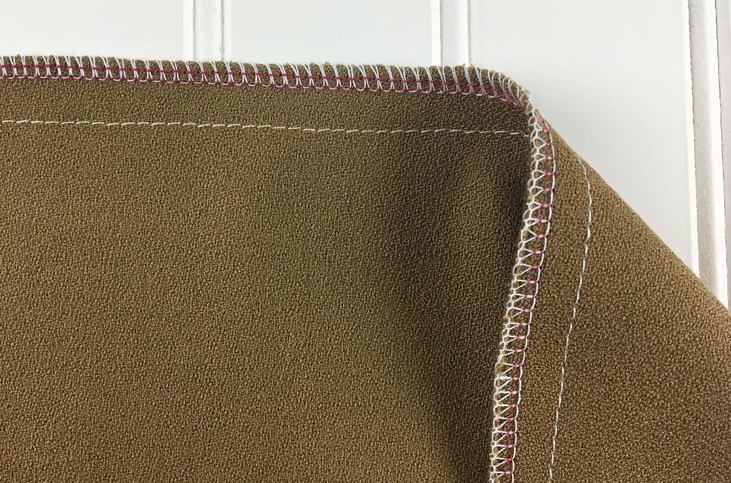
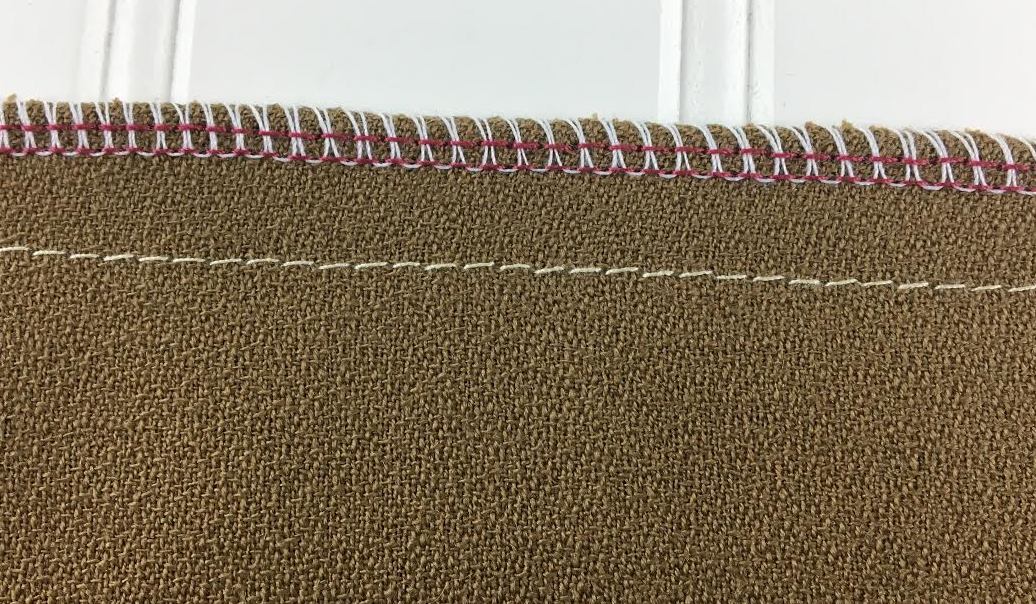
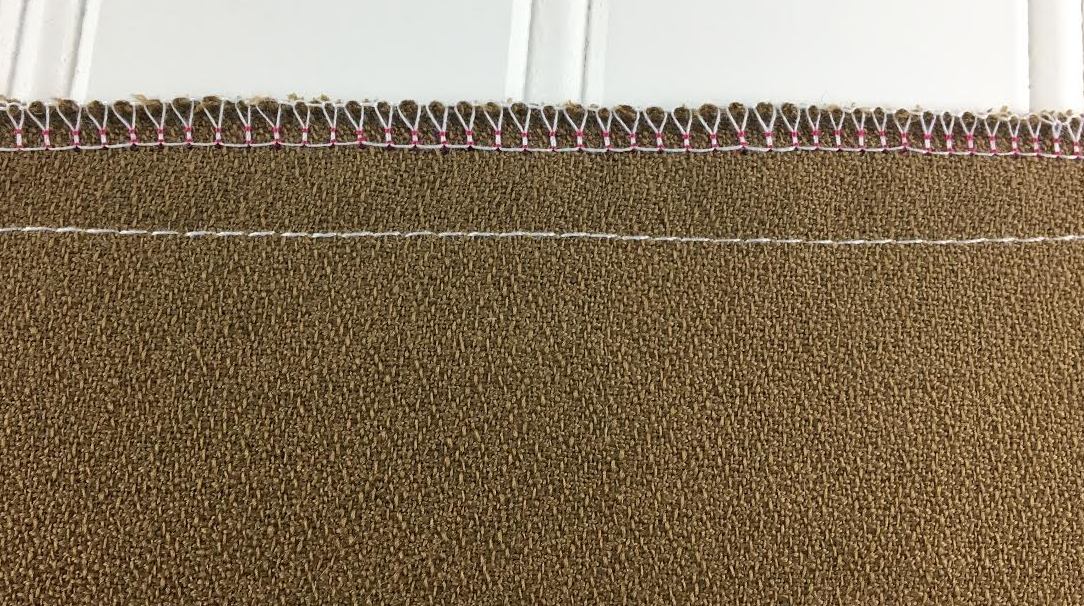
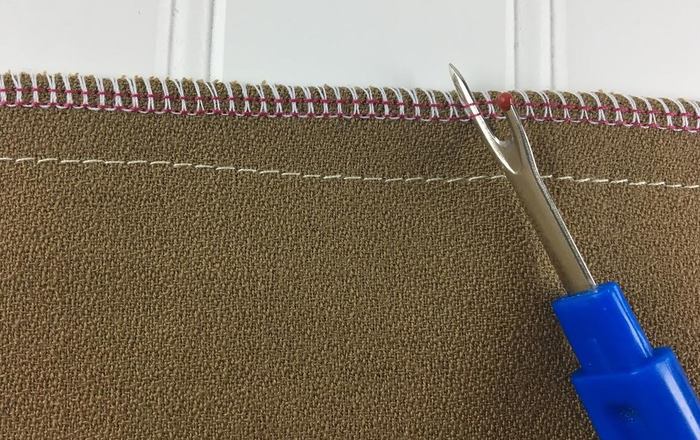
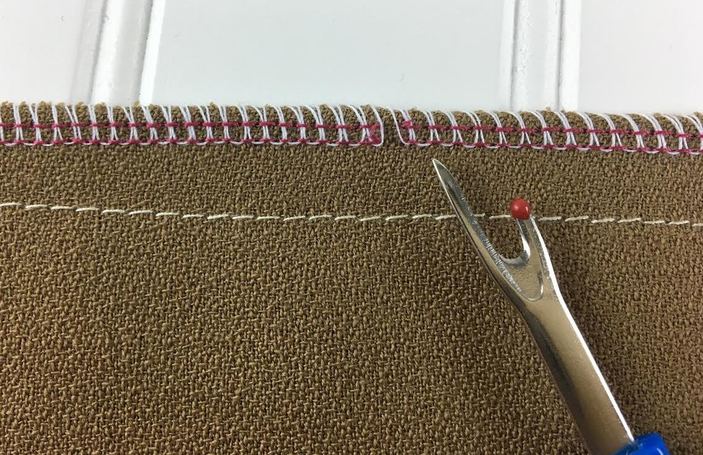
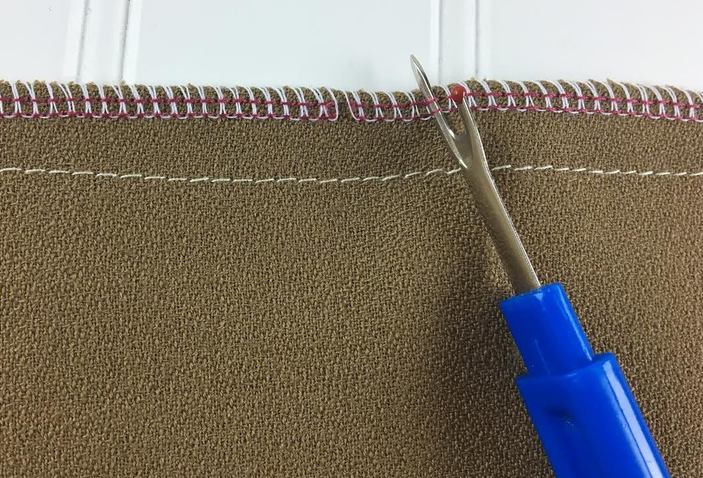
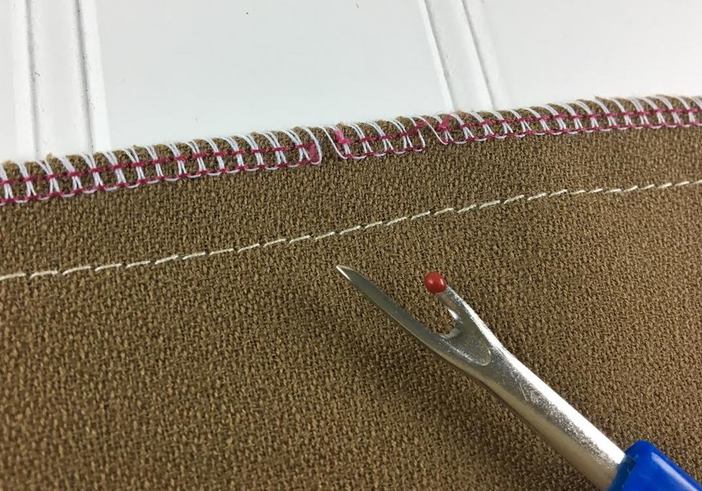
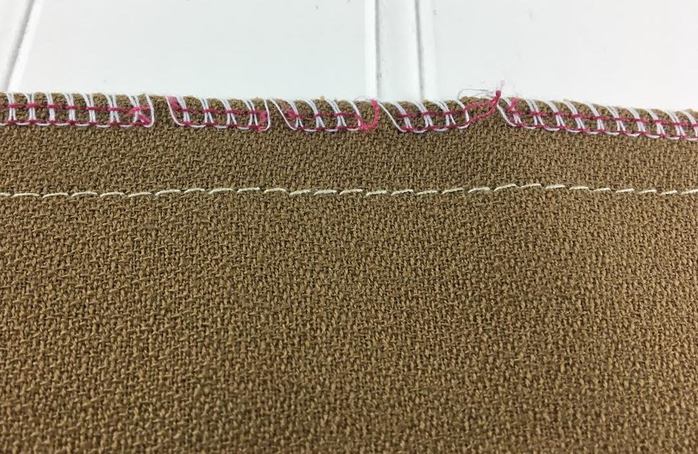
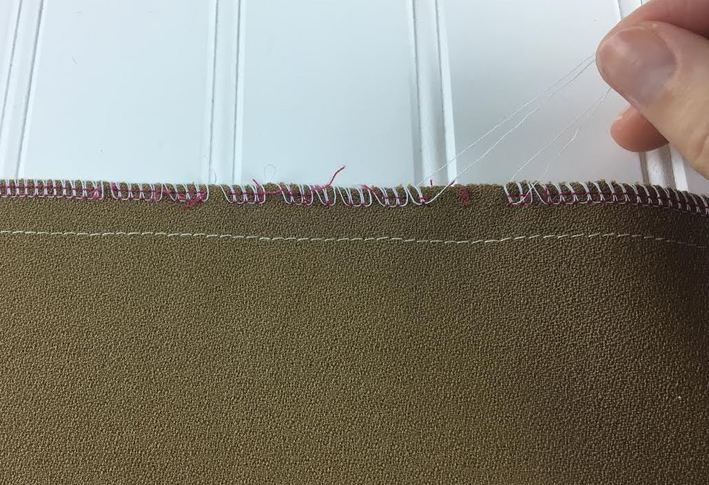
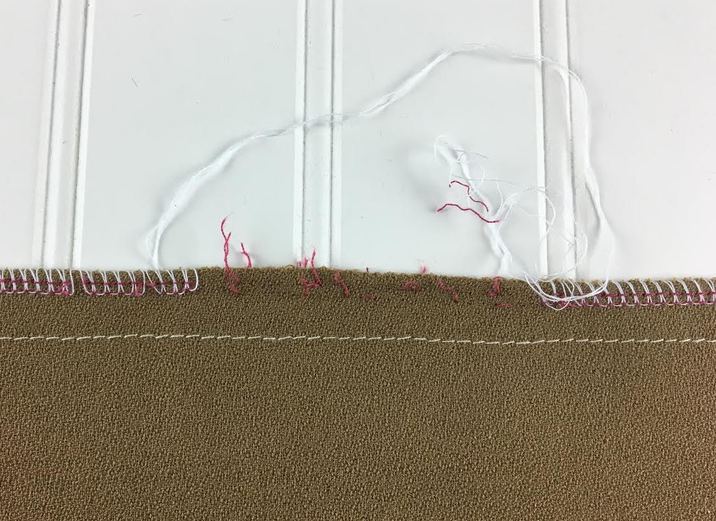
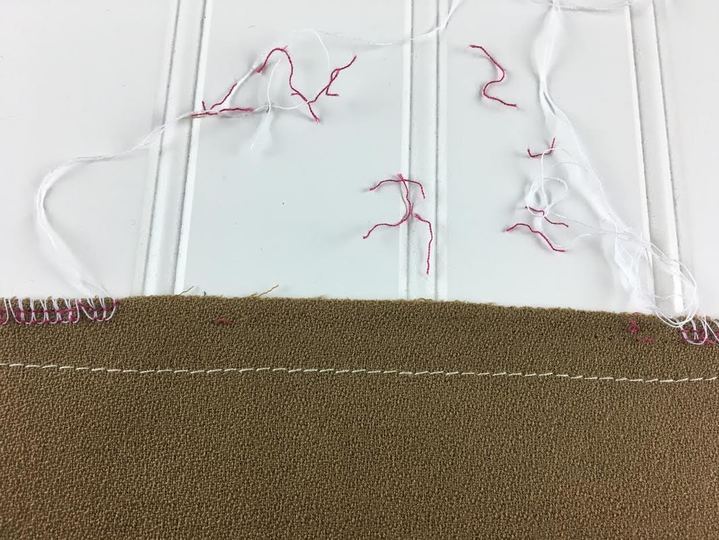
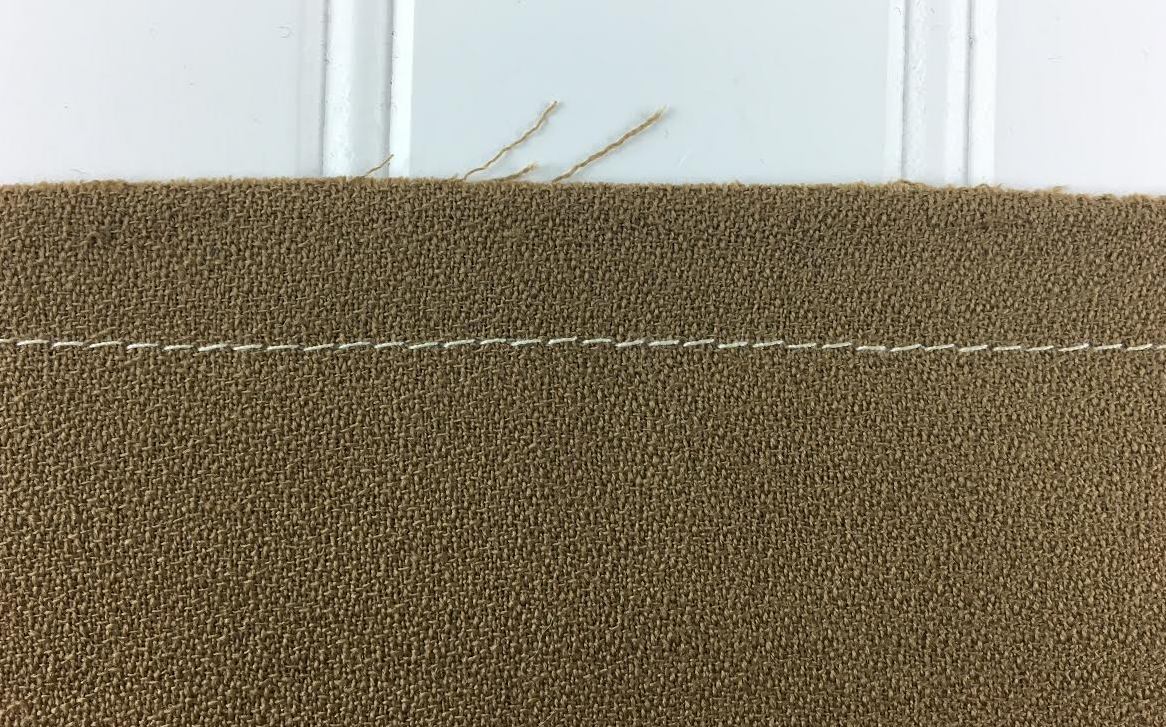
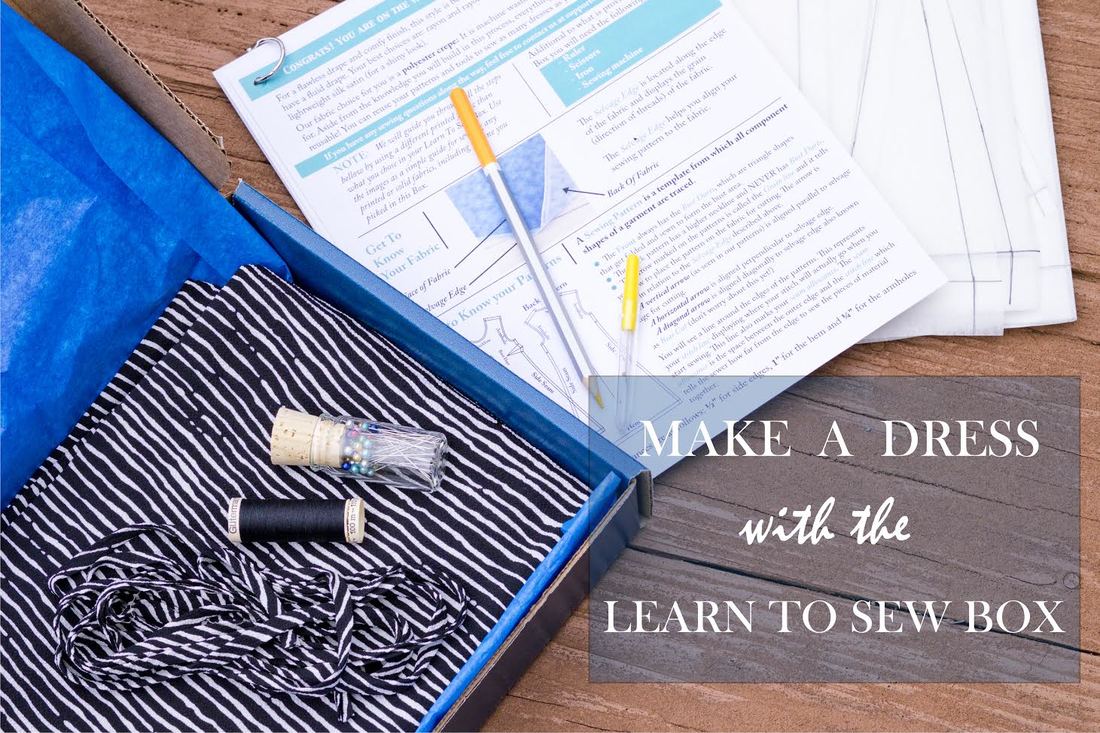


 RSS Feed
RSS Feed
